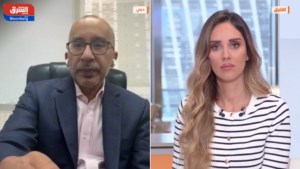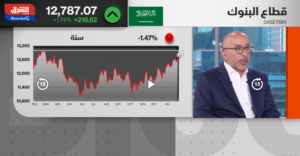There is a glassy transparency to things around us that make things visible only when the glass is fissured. To dwell inside a well functioning machine is to be unaware of its functioning.
In the late 1920s, the physiologist Walter Cannon coined the term “homeostasis”, coming from the Greek words homoios (similar) and stasis (stillness). This term, and the work around it, was itself inspired by the work of Claude Bernard, who wrote “the consistency of the interior environment is the condition of free and independent life”.
Soon, economists, were relating this concept to self-correcting markets; botanists looked at ecosystems with these new lens; and mathematicians saw that machines might also be governed by these “feedback loops”. Homeostasis does not occur by chance, but is the result of organised self-governance. But when self-regulation fails, complex systems of all kinds break down, in what is known as a failure cascade. These shocks — when markets correct to the new normal — are inflection points. In 2018, we have seen markets go through this phenomenon.
Not much by the way of unknowns happened; it was simply one market after another reversing course. We know that, for the most part, economics is something that happens between people’s ears. Valuations, opinions, talk on the street, expectations and hope are what drive an economy.
This year shows more than ever that when habits of the lip change, so do the course of economies. As economic historian Joel Mokyr puts it: “Economic change in all periods depends, more than most economists think, on what people believe”.
By most measures, 2018 was a difficult year for the UAE. Equity and real estate markets suffered, economic conditions remained sluggish, and headlines were dominated by the exogenous political and economic headwinds. As well as endogenous factors such as businesses closing down.
Word on the street was all about comparing the latest cycle with that of 2008; even as optimists continued to argue an economic case for bullishness, it was clear that the zeitgeist was one of concern, with every fresh announcement of layoffs confirming the widely held belief that the country — as well as the world economy in general — was headed towards more turbulence.
Even as markets fell into negative territory with narratives ranging from Brexit to trade wars, and closer to home, the imposition of VAT being used to “explain” post facto, the reason for the decline — the all too important point — was being lost. These narratives were present in the ecosystem well before.
And if markets were somehow forward-looking, then there was a collective market failure in addressing and measuring the impact of these factors.
Yet maintenance defies measurement; it is the glass pane made visible only when it cracks. For most of the year, despite the weary pessimism — that we see sprinkled throughout history from the decline of the Roman Empire to the Tulip mania and modern day financial crises — the government has been working proactively towards liberalising markets to promote greater levels of economic efficiency and activity.
Astonishingly, most of these moves have thus far fallen on deaf ears. In times past, these would have been the stuff of euphoria.
The past is simply not the present with togas. There is a nuanced complexity in the ever changing narrative that needs to be captured by the policymaker as well as the economist to come up with a “secret sauce” (or perhaps not so secret).
The broader theme is simply this: if markets and economies can fluctuate violently, often because of ideas and the power of words, then these beliefs are what need to be nurtured and cultivated to extract optimism. This is the very basis of agglomeration in any immigrant society, and therefore of growth.
We know this empirically now than ever before, given the rise of the “fake news” phenomena, that we have seen proliferate on social media, wreaking havoc for those affected by it. Speech, more than any policy narrative, causes nonlinearities of growth — the leap outwards from the production possibility frontiers.
In times past, the UAE has shown its extraordinary capacity for such leaps. It will do so again, even as traditional economic theory dictates a path forward that is bound by mature — and therefore lower levels of — growth trajectory.
There will always be periods of turbulence, and it is always easier to measure the changes of policy. Stasis, however, requires greater vigilance and as we enter 2019, it is this self-correcting mechanism that we will see come into play.
Sameer Lakhani is Managing Director of Global Capital Partners.





